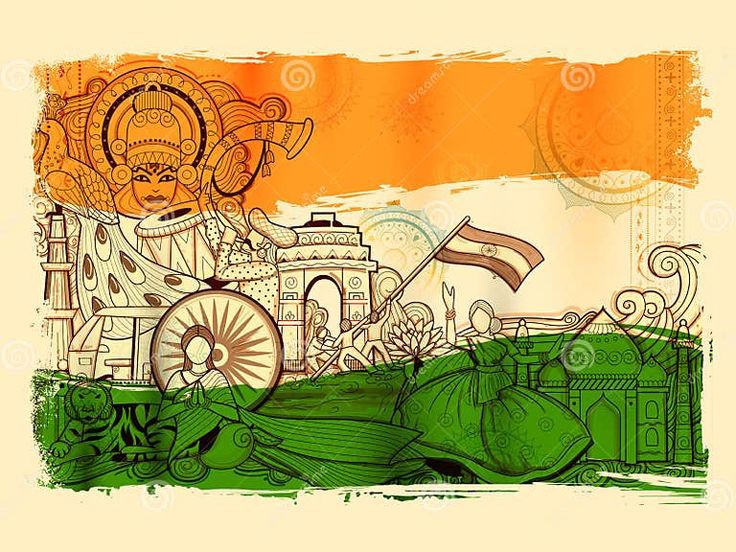Regionalism is a term that has increasingly found its place in discussions about national unity and identity. In simple terms, regionalism refers to the loyalty and affinity that individuals or groups feel towards their region, often over and above their allegiance to the nation-state.
This phenomenon is not new, but in recent years, it has gained renewed significance in both Indian and global contexts. In India, where diverse cultures, languages, and traditions co-exist, regionalism has played a complex role—both as a unifying force and as a potential source of division. This blog post aims to delve deep into the concept of regionalism, its historical roots, its manifestation in Indian society, and its implications for the nation’s future.
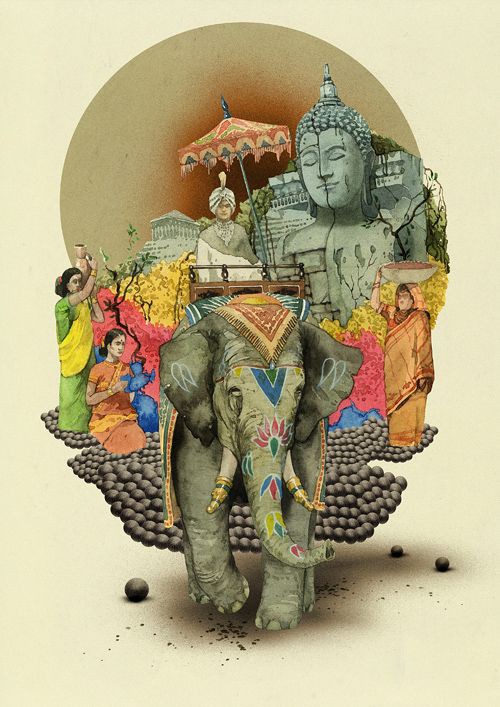
In This Post
ToggleHistorical Background of Regionalism
To understand the current dynamics of regionalism, it is essential to trace its historical origins. Regionalism as a concept can be traced back to the early days of human civilization, where geographical, cultural, and linguistic boundaries often defined communities. In India, regionalism has deep historical roots, shaped by centuries of diverse cultural practices, languages, and regional identities.
Origins and Evolution
Historically, regionalism in India has been influenced by the country’s vast geographical diversity. The subcontinent’s distinct regions—each with its own unique culture, language, and traditions—naturally led to the development of strong regional identities. For instance, the Dravidian movement in southern India and the Assamese sub-nationalism in the northeast are key examples of how regionalism evolved over time. These movements were often driven by a desire to preserve regional identities and to resist cultural and political domination by the central government or other dominant groups.
Regionalism in India
Post-independence, India saw the rise of regionalism as a significant political force. The linguistic reorganization of states in the 1950s, for instance, was a direct result of regional demands for states based on linguistic identities. The creation of Andhra Pradesh in 1953, followed by the formation of several other states along linguistic lines, marked a significant milestone in the history of regionalism in India.
Over the years, regionalism has manifested in various forms—from demands for greater autonomy to the rise of regional political parties that have had a profound impact on the national political landscape.
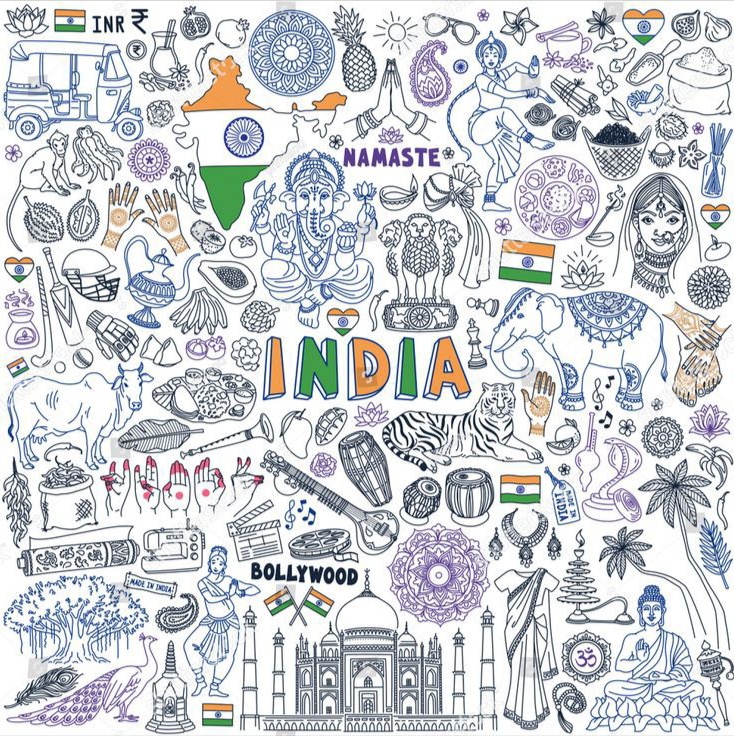
Types of Regionalism
Regionalism is not a monolithic concept; it can be categorized into several types, each with its own distinct characteristics and implications.
Linguistic Regionalism
Linguistic regionalism is perhaps the most visible form of regionalism in India. It refers to the affinity and loyalty that people feel towards their regional language. The linguistic reorganization of states in the 1950s was a direct response to the demand for states based on linguistic identities. Today, linguistic regionalism continues to play a crucial role in Indian politics, with states like Tamil Nadu and Maharashtra often asserting their linguistic identity in the face of perceived threats from the imposition of a dominant language like Hindi.
Ethnic Regionalism
Ethnic regionalism, on the other hand, is driven by ethnic identities. This form of regionalism is often seen in regions with distinct ethnic groups, such as the northeastern states of India. The demand for autonomy or even secession by certain ethnic groups in these regions is a reflection of their desire to preserve their unique ethnic identity and protect it from the perceived threat of assimilation into the broader national culture.
Political Regionalism
Political regionalism refers to the political movements and parties that emerge based on regional identities and issues. In India, the rise of regional political parties like the Shiv Sena in Maharashtra, the DMK in Tamil Nadu, and the Trinamool Congress in West Bengal is a testament to the power of political regionalism. These parties often prioritize regional issues over national concerns and have been successful in mobilizing support based on regional identities.
Economic Regionalism
Economic disparities between regions can also give rise to regionalism. Economic regionalism is driven by the perception of economic neglect or inequality between regions. For instance, the demand for the separate state of Telangana was largely driven by the perception that the region was being economically neglected by the government of Andhra Pradesh. Economic regionalism often leads to demands for greater financial autonomy or even the creation of separate states.
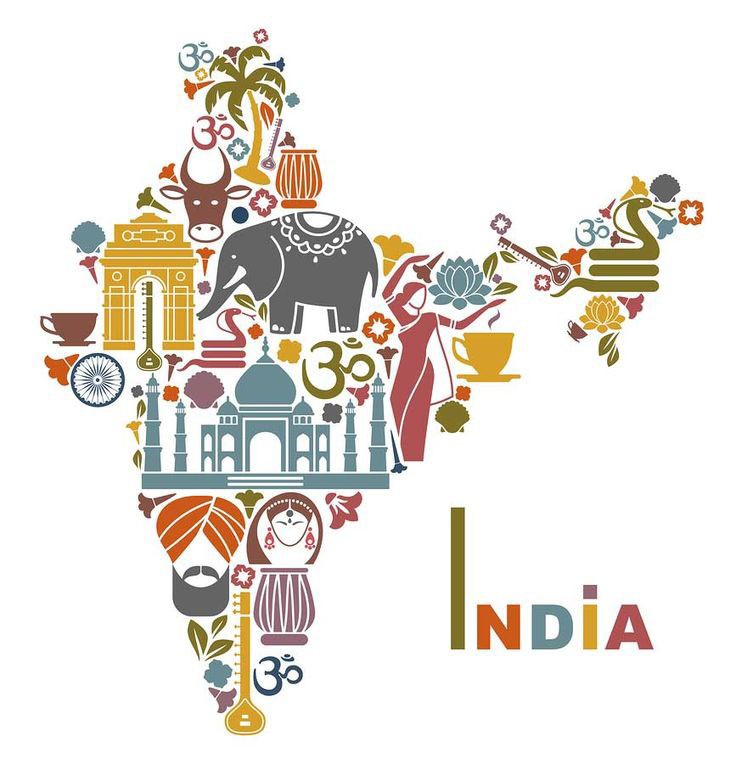
When Does Regionalism Become Strong?
Regionalism becomes particularly strong due to certain causes as follows :
Economic Disparities
One of the primary causes of regionalism is economic disparity between regions. When certain regions feel that they are being economically neglected or that their resources are being exploited by other regions, it can lead to demands for greater autonomy or even secession. For instance, the demand for the creation of the state of Telangana was largely driven by the perception that the region was being economically neglected by the government of Andhra Pradesh.
Political Aspirations
Political aspirations are another major cause of regionalism. Regional political leaders often exploit regional identities to mobilize support and gain political power. This is particularly evident in the rise of regional political parties, which often prioritize regional issues over national concerns. In some cases, these political aspirations can lead to demands for greater autonomy or even secession.
Cultural and Linguistic Identity
Cultural and linguistic identity is also a major driver of regionalism. In a country as diverse as India, where multiple languages and cultures coexist, the desire to preserve and promote regional identities is natural. This desire often leads to demands for greater autonomy or the creation of separate states based on linguistic or cultural identities.
Historical Grievances
Historical grievances also play a role in the rise of regionalism. When regions feel that they have been historically marginalized or oppressed, it can lead to a sense of regional identity and demands for greater autonomy. For instance, the demand for the creation of the state of Telangana was partly driven by historical grievances related to the region’s perceived neglect by the government of Andhra Pradesh.
Administrative and Geographical Factors
Administrative and geographical factors can also contribute to the rise of regionalism. When regions are geographically isolated or administratively marginalized, it can lead to a sense of regional identity and demands for greater autonomy. For instance, the northeastern states of India, which are geographically isolated from the rest of the country, have often demanded greater autonomy or even secession.
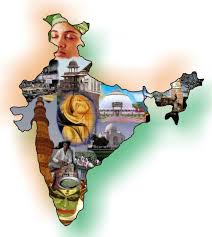
Managing Regionalism in India
Given the complexity of regionalism in India, managing it effectively is crucial for maintaining national unity and integrity.
Federalism as a Solution
Federalism is often seen as a solution to the challenges posed by regionalism. By allowing regions to have a certain degree of autonomy in managing their own affairs, federalism can accommodate regional aspirations while maintaining national unity. India’s federal structure, with its division of powers between the central and state governments, is designed to balance regional and national interests.
However, the success of federalism in managing regionalism depends on the willingness of both the central and state governments to cooperate and compromise. When the central government attempts to centralize power or when state governments push for excessive autonomy, tensions can arise. A balanced and flexible approach to federalism is essential for managing regionalism effectively.
Role of Regional Political Parties
Regional political parties play a significant role in managing regionalism in India. These parties often act as intermediaries between the central government and regional interests, advocating for the needs and aspirations of their respective regions. While regional political parties can help to ensure that regional voices are heard, they can also contribute to tensions between regions and the central government.
The challenge for regional political parties is to strike a balance between advocating for regional interests and contributing to national unity. By engaging in constructive dialogue with the central government and other regions, regional political parties can help to manage regionalism in a way that strengthens the nation as a whole.
Promoting National Integration
Promoting national integration is essential for managing regionalism in a diverse country like India. This requires a multi-faceted approach that includes promoting cultural exchange, improving economic development in underdeveloped regions, and ensuring that all regions have a voice in national decision-making.
Education and communication play a crucial role in promoting national integration. By teaching the importance of national unity and by promoting understanding and respect for regional diversity, education can help to mitigate the divisive effects of regionalism. Similarly, by improving communication and infrastructure between regions, the government can help to reduce the sense of isolation that often fuels regionalism.
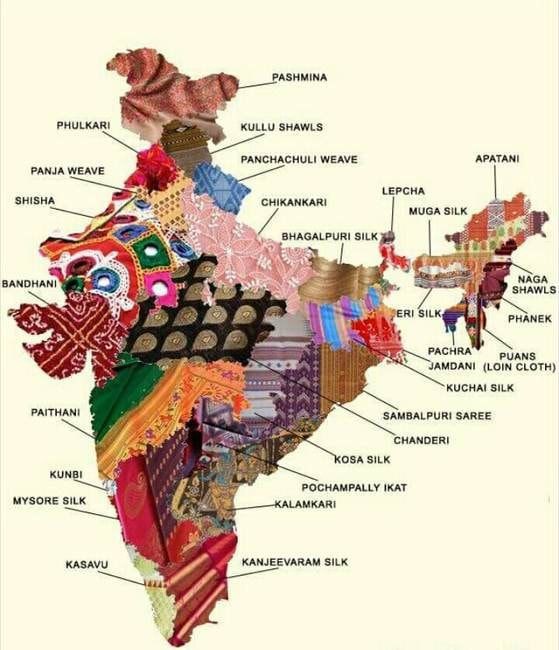
Future of Regionalism in India
Managing regionalism in the future will present several challenges. Economic disparities, political marginalization, and cultural differences will continue to fuel regionalism in certain areas. Additionally, the rise of regional political parties may lead to increased tensions between regions and the central government.To address these challenges, India will need to continue to promote federalism, engage in constructive dialogue between regions, and promote national integration. By addressing the root causes of regionalism and by promoting a more inclusive and representative political system, India can ensure that regionalism remains a force for unity rather than division.
Conclusion
Regionalism is a complex and multifaceted phenomenon that has both positive and negative implications for India. While it has helped to preserve the country’s rich cultural diversity, it has also posed challenges to national unity. Managing regionalism in a way that balances regional aspirations with national integrity is crucial for the future of India.By promoting federalism, engaging in constructive dialogue between regions, and promoting national integration, India can ensure that regionalism contributes to the strength and unity of the nation.
As India continues to evolve, regionalism will remain an important force in shaping the country’s political and social landscape.
FAQ's
Regionalism in India refers to the political and social phenomena where distinct regions within the country develop strong, often exclusive, identities based on language, culture, ethnicity, or economic interests. This identity may lead to demands for greater autonomy or even secession from the central government, influencing local and national politics.
Regionalism can both positively and negatively impact national unity. On one hand, it can promote local governance and respect for cultural diversity, which can strengthen the country as a whole. On the other hand, when it turns into extreme forms such as separatism or secessionist movements, it poses a significant threat to national unity and integrity.
Strong regionalism in India is often caused by a combination of factors, including economic disparities between regions, historical grievances, cultural and linguistic differences, and perceived or real neglect by the central government. Political motivations and regional parties also play a significant role in amplifying regional sentiments.
Indian federalism seeks to address regionalism by dividing powers between the central and state governments, allowing regions to have a degree of autonomy in managing their own affairs. This system is designed to accommodate regional aspirations while maintaining the overall unity of the country.
Yes, regionalism can coexist with nationalism in India as long as regional identities and aspirations are balanced with the broader goals of national unity. This requires mutual respect, dialogue, and a flexible federal structure that allows regions to express their unique identities without undermining the nation’s integrity.

